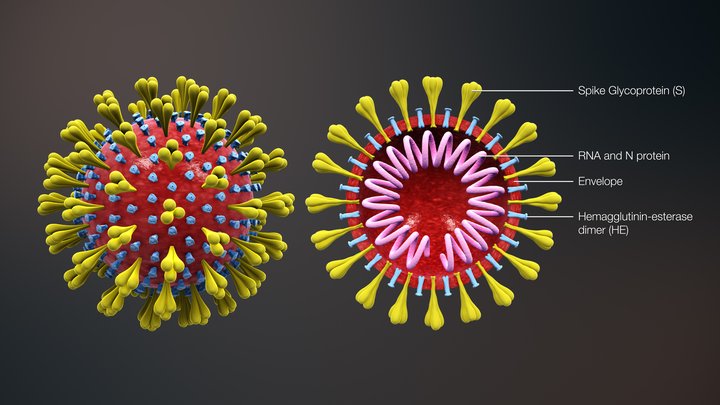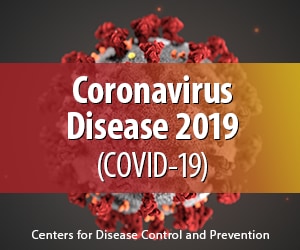Learning
Jo Freeman: There’s Plenty To Do at the RNC – If You Have the Right Credentials
by Jo Freeman
Every national nominating convention has plenty of auxiliary events, some authorized, some not. Getting space can be a challenge; getting the word out even more so. But they do it nonetheless. Press were given a RNC 2024 Master Event Calendar, which was updated a few days later. Events began on Sunday and ended on Thursday. The actual convention sessions were just one item on the list. The calendar said if an event was Open or Closed to press, and also whom to contact to register. I’m going to describe some of the events, including a couple I went to, and a couple I was turned away from.
Since my focus is on women, I obviously wanted to go to those events – if I could.
The National Federation of Republican Women is the largest grassroots Republican women's organization in the country with hundreds of clubs. Founded in 1938, its members made the phone calls and knocked on the doors that elected Republican candidates for decades. It’s Tuesday luncheon featured Arkansas Governor Sarah Sanders. The Master Calendar said it was SOLD OUT and they wouldn’t let me in. I was able to get into their lounge at the Fiserv Forum Wednesday evening, where I was repeatedly asked if I was a member, and if not, would I join. “I’m press,” I said. “I can’t join anything partisan.” I then said: “What brings you here?” On hearing that, finding anyone willing to chat with me was like pulling teeth.
Moms for Liberty met in a concert hall that afternoon. I had pre-registered, and I got in. From high in a balcony seat I listened to several people talk about the evils of transgenderism. It’s webpage says WE BELIEVE Power Belongs to the People. Sound Familiar? With a focus is on parental rights, it wants to “STOP WOKE indoctrination.”
Tuesday I went to “The New Mavericks” reception co-hosted by the Black Republican Mayors Association and the Georgia Republican Party. They honored Sen. Tim Scott, four Congressmen and two Georgia delegates – all male. There was only one mayor on stage, from Aurora, IL. The chair of the Georgia Republican Party was the one white man on the stage. At that event, women served; they didn’t speak. The RNC reported that 55 delegates to the 2024 convention are Black, up from 18 in 2016.
I missed the Independent Women’s Forum toast to “Women Who Make Our Country Great” because I went to Convention Fest: The Official Delegate Experience, which was held in the streets outside the Fiserve Forum and Baird Hall as well as some space inside Baird. To get to that one you not only needed a credential of some sort, but a USSS pass (which I have).
Concerned Women for America parked its pink bus across from the Baird Center the week before the RNC. No one was home. When Convention Fest opened on Tuesday afternoon, they set up a pink tent, from which its leaders preached to whomever passed by. It calls itself “the nation’s largest public policy women’s organization” but its focus is evangelical Christian. The slogan on the side of its pink bus captures this emphasis: “She Prays, She Votes.” A prayer precedes each sermon.
 From the National Institutes of Health (NIH): New Coronavirus Stable for Hours on Surfaces Including Copper, Cardboard, Plastics and Stainless Steel
From the National Institutes of Health (NIH): New Coronavirus Stable for Hours on Surfaces Including Copper, Cardboard, Plastics and Stainless Steel
The scientists found that severe acute respiratory syndrome coronavirus 2 (SARS-CoV-2) was detectable in aerosols for up to three hours, up to four hours on copper, up to 24 hours on cardboard and up to two to three days on plastic and stainless steel. The results provide key information about the stability of SARS-CoV-2, which causes COVID-19 disease, and suggests that people may acquire the virus through the air and after touching contaminated objects. The study information was widely shared during the past two weeks after the researchers placed the contents on a preprint server to quickly share their data with colleagues. more »
 Coronavirus Is Keeping Me Home From Work. Will I Get Paid?
Coronavirus Is Keeping Me Home From Work. Will I Get Paid?
As the novel coronavirus continues to march across the country, for many workers getting sick is only part of what worries them. What about getting paid if they are ill or have to be quarantined? Congressional Democrats are pushing for legislation that would provide paid leave for those who are not being compensated while out of work because of sickness, quarantine or family needs resulting from the coronavirus outbreak. Republicans and members of the administration have said they also are open to negotiations on a proposal. Currently, 10 states and the District of Columbia have laws that require some paid sick leave, according to the National Partnership for Women & Families. In addition, nearly two dozen cities and counties have paid sick leave laws. more »
 Travelers from Countries with Widespread Sustained Transmission of COVID-19 Arriving in the US; CDC is Working to Implement After-travel Health Precautions and EPA Disinfectants for Use Against SARS-CoV-2
Travelers from Countries with Widespread Sustained Transmission of COVID-19 Arriving in the US; CDC is Working to Implement After-travel Health Precautions and EPA Disinfectants for Use Against SARS-CoV-2
CDC Advice:
Take your temperature with a thermometer two times a day and monitor for fever. Also watch for cough or trouble breathing.
Stay home and avoid contact with others. Do not go to work or school for this 14-day period. Discuss your work situation with your employer before returning to work.
Do not take public transportation, taxis, or ride-shares during the time you are practicing social distancing.
Avoid crowded places (such as shopping centers and movie theaters) and limit your activities in public.
Keep your distance from others (about 6 feet or 2 meters). more »
 Women Firefighters Face High Exposure to Toxic ‘Forever Chemicals’ Known to Interfere with Immune and Endocrine Functions and Breast Development
Women Firefighters Face High Exposure to Toxic ‘Forever Chemicals’ Known to Interfere with Immune and Endocrine Functions and Breast Development
In 2012, Lt. Heather Buren, along with colleagues from the San Francisco Firefighters Cancer Prevention Foundation (SFFCPF) noticed an alarming trend: In that year alone, five female firefighters were diagnosed with breast cancer. “We started asking questions, wondering what was up,” said Buren, co-author of the paper. “Cancer wasn’t new to our profession, but for the first time, I was thinking about cancer as an occupational disease: Was fighting fire somehow a contributing factor in my friends getting sick? Were our repeated exposures to toxic burning chemicals on the fire ground a factor to the high breast cancer rates among SFFD women firefighters?” more »






